Every so often we see a new set of images from Pluto, giving us a chance to rediscover it multiple times. It’s like we are experiencing the July fly-by over and over again, and each new set of images reveals something new and exciting. I feel the same sense of excitement and discovery each time I see a new image, realizing that it spent 6 hours as a beam of light crossing the 5 Billion Kilometres of the solar system to connect us to the New Horizons probe, a lonely little piece of human ingenuity flying through the darkness.
Here is the latest photo release, some of which I am posting below.
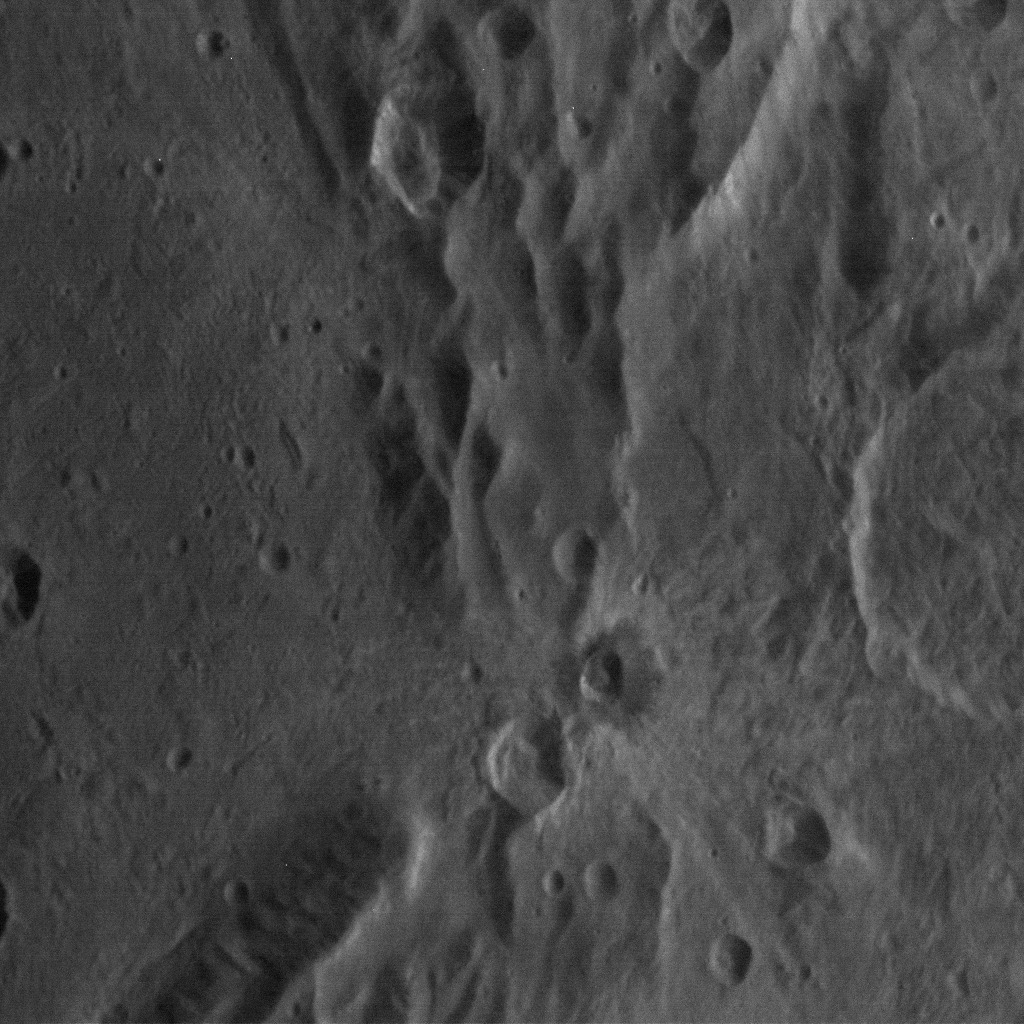
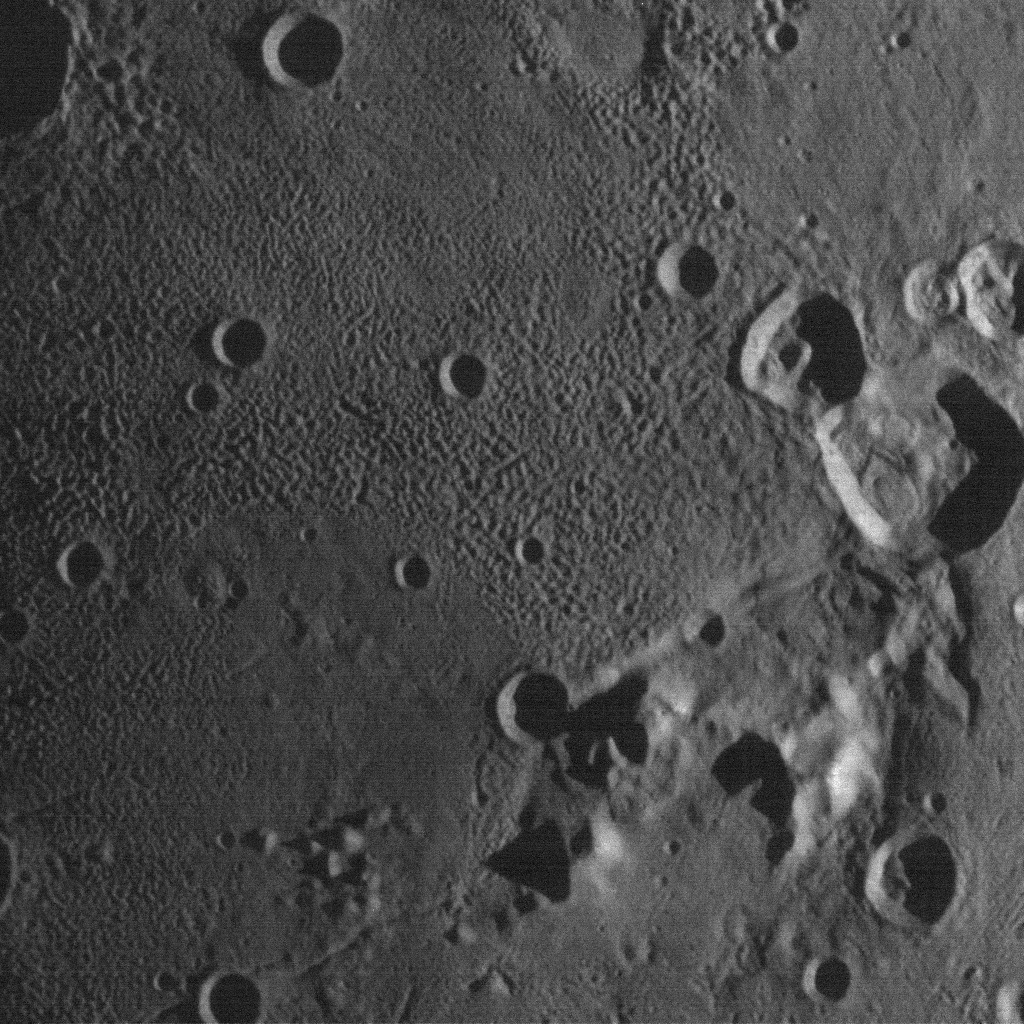
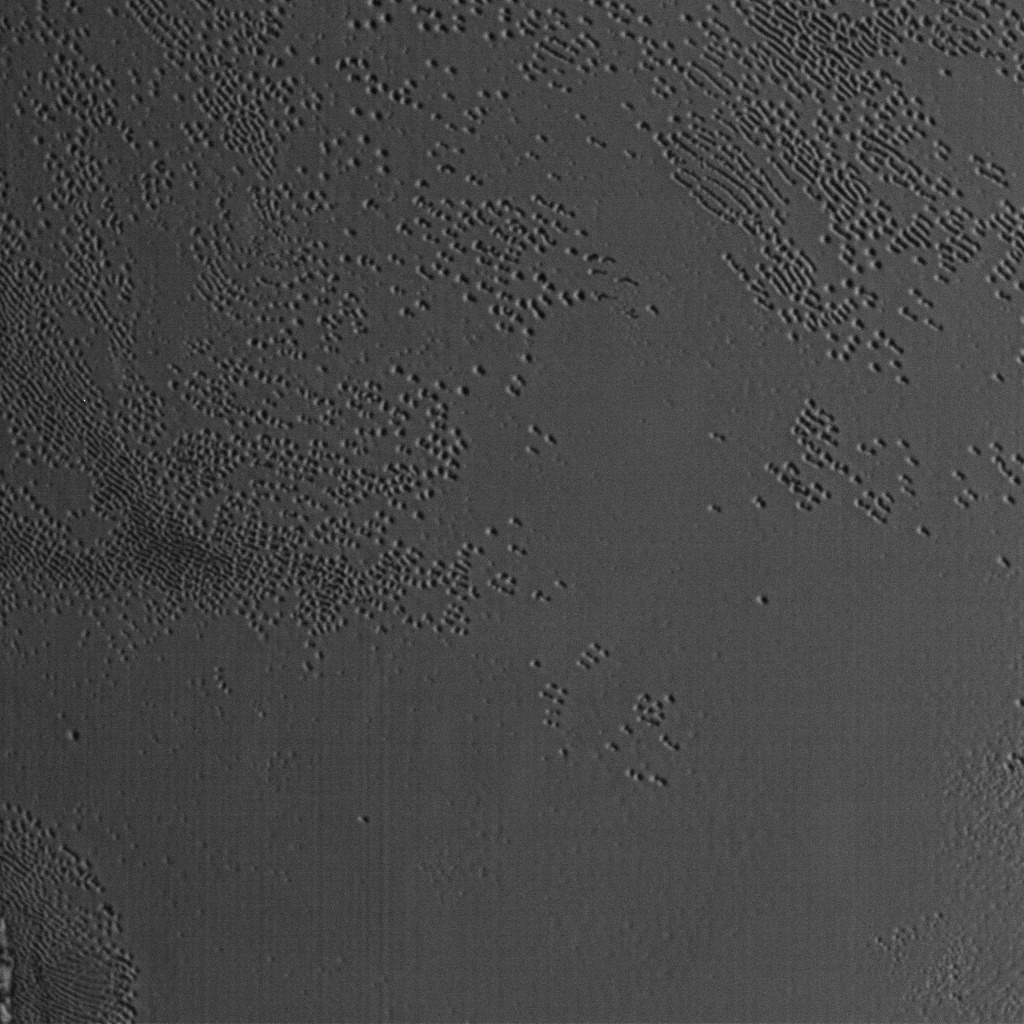
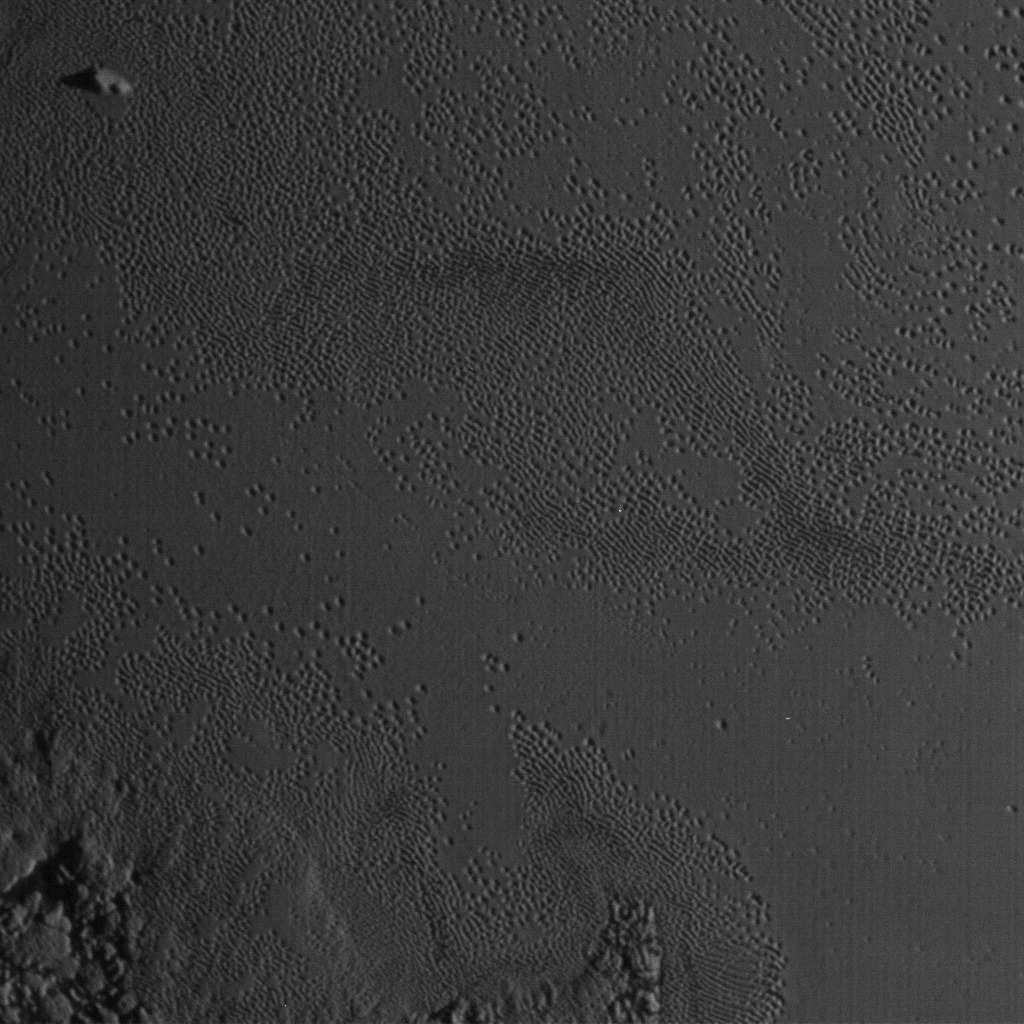
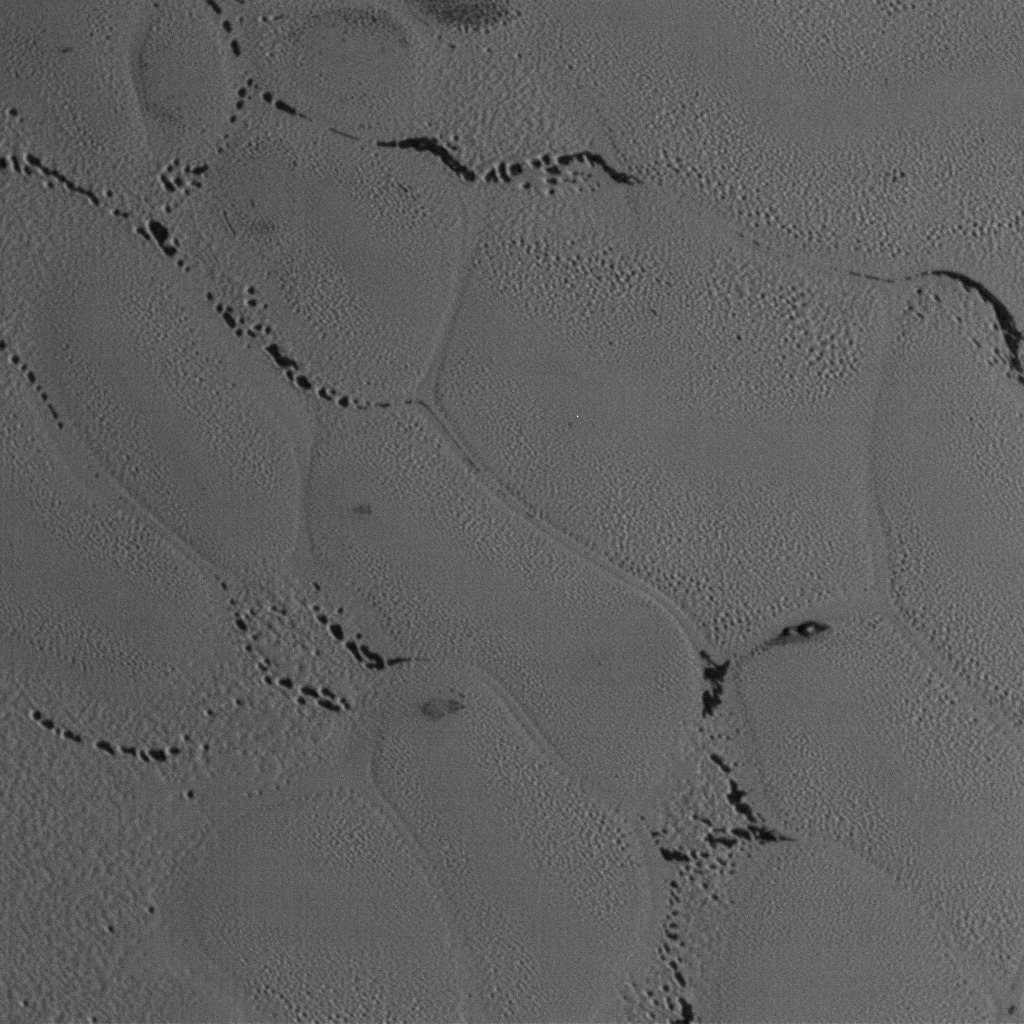
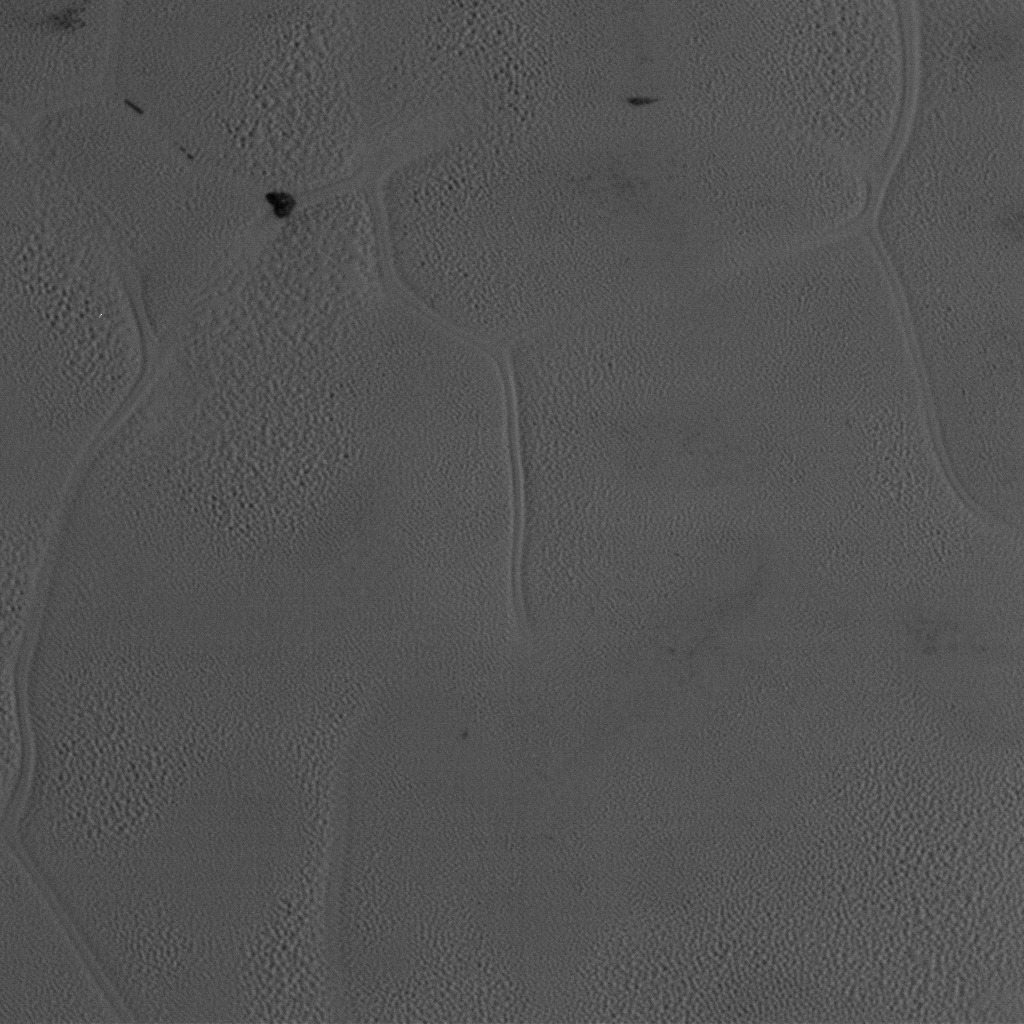
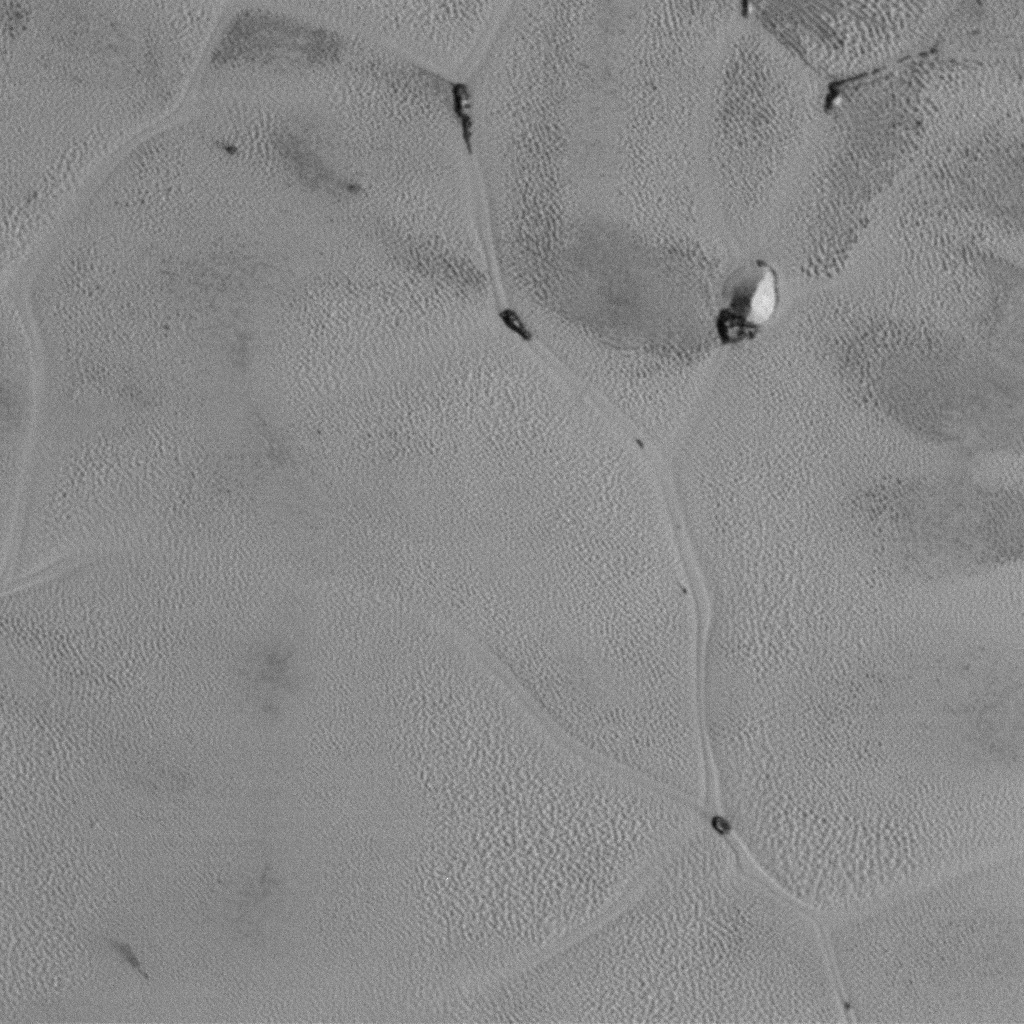

The images reveal some striking surprises. I would like to say I’m shocked, but when every single set of Pluto images reveals something unexpected, you start to expect strangeness. I am always excited when I see something new on the surface, but I have come to expect the unexpected.
The first image of Charon draws a nice 3D feel, as the cracked mountains rise above the lower lying craters, which in turn reveal deeper material.
The following Pluto images show strange pits across the famous heart region, reaching to the icy mountains at the Eastern edge of the giant glacier. The heart region is a low lying region where an icy glacier of nitrogen and methane has filled the gaps, forming a smooth sheet.
The pits could be the result of sublimation (Solid directly becoming a gas) of the ices as sunlight hits the surface. But why form the pit-like structures? Are they just local regions of lower density that sublimated first? If that was the case, they could grow over time as sunlight continued to shine on their edges.
Moving up a level from the pits, we notice the sheets of ice that look like cells clustered together in human tissue. The edges of the cell structures are a bit darker in some places. Is this because dust and darker material in the ice has been deposited at the edges as the glacier flows? Does the glacier flow? Is seems likely if you look at the clustering of pits in some of the images. If the pits form evenly across the glacier then movement of the ice sheet would bunch them together in some places and create gaps in others.
All in all, you might think that sending a probe past Pluto gives us new information about Pluto, and it does. But in reality, the new information only leads to more questions. It is the ‘We know what we don’t know’ scenario. Before New Horizons passed Pluto we ‘didn’t know what we didn’t know.’ Eventually, future missions will get us to the point of figuring out all these new things we don’t know, these new questions we can ask, and these new scientific concepts we can explore.
